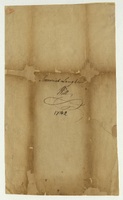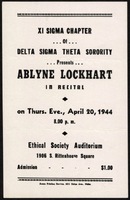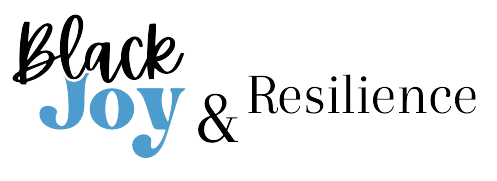Items
Tag
Ancestral
-
 Will of Jeremiah Langhorne Jeremiah Langhorne of Middletown, Bucks County, Pennsylvania, sets forth his last will and testament, first entrusting his soul to God and directing that his body be buried at his executors’ discretion. His primary estate, an 800-acre plantation known as Langhorne Park, is devised to his grand-nephew Thomas Biles, with provisions for heirs of his body, and in default, to his niece Sarah Growdon and her heirs, then to her husband Lawrence Growdon. He carefully stipulates that three enslaved men—Jo, Cudjo, and London—are to remain in possession of the plantation until March 25, 1751, subject to rent payments, cultivation restrictions, and responsibilities for supporting Boson, enslaved women, and their children. After that period, the enslaved families are to be housed, given livestock, and in some cases granted small tracts of land. Langhorne further provides for the manumission of his enslaved people: all those aged twenty-four at his death (except Boson) are to be freed immediately, and the remainder upon reaching twenty-four. Beyond provisions for servants and enslaved people, Langhorne bequeaths sums of money and land to members of his extended family. His nephews, nieces, and their children—including members of the Biles, Pennington, and Bates families—receive significant inheritances, both in cash and in landholdings across Bucks County and beyond. He also leaves property to friends’ heirs (notably the Hamiltons) and to distant kinsmen in England. In addition to financial gifts, he directs that livestock, farming equipment, and household provisions be distributed among Jo, Cudjo, London, and other servants. Langhorne’s will demonstrates both the complexity of landholding in colonial Pennsylvania and the intertwined presence of enslavement, family inheritance, and patronage networks within his estate planning.
Will of Jeremiah Langhorne Jeremiah Langhorne of Middletown, Bucks County, Pennsylvania, sets forth his last will and testament, first entrusting his soul to God and directing that his body be buried at his executors’ discretion. His primary estate, an 800-acre plantation known as Langhorne Park, is devised to his grand-nephew Thomas Biles, with provisions for heirs of his body, and in default, to his niece Sarah Growdon and her heirs, then to her husband Lawrence Growdon. He carefully stipulates that three enslaved men—Jo, Cudjo, and London—are to remain in possession of the plantation until March 25, 1751, subject to rent payments, cultivation restrictions, and responsibilities for supporting Boson, enslaved women, and their children. After that period, the enslaved families are to be housed, given livestock, and in some cases granted small tracts of land. Langhorne further provides for the manumission of his enslaved people: all those aged twenty-four at his death (except Boson) are to be freed immediately, and the remainder upon reaching twenty-four. Beyond provisions for servants and enslaved people, Langhorne bequeaths sums of money and land to members of his extended family. His nephews, nieces, and their children—including members of the Biles, Pennington, and Bates families—receive significant inheritances, both in cash and in landholdings across Bucks County and beyond. He also leaves property to friends’ heirs (notably the Hamiltons) and to distant kinsmen in England. In addition to financial gifts, he directs that livestock, farming equipment, and household provisions be distributed among Jo, Cudjo, London, and other servants. Langhorne’s will demonstrates both the complexity of landholding in colonial Pennsylvania and the intertwined presence of enslavement, family inheritance, and patronage networks within his estate planning. -
 Handwritten Stoutsburg Cemetery Ledger This handwritten ledger was kept by Herbert Albert Hubbard (June 7, 1875-July 11, 1948), Beverly Mills's (co-founder of the Stoutsburg Sourland African American Museum) great-grandfather, at the Stoutsburg Cemetery. It includes minutes from Stoutsburg Cemetery Association meetings, including hymns sung and fundraising efforts, from 1912 through the 1920s.
Handwritten Stoutsburg Cemetery Ledger This handwritten ledger was kept by Herbert Albert Hubbard (June 7, 1875-July 11, 1948), Beverly Mills's (co-founder of the Stoutsburg Sourland African American Museum) great-grandfather, at the Stoutsburg Cemetery. It includes minutes from Stoutsburg Cemetery Association meetings, including hymns sung and fundraising efforts, from 1912 through the 1920s. -
 Program for recital at Ethical Society Auditorium. Lockhart's program for recital at Ethical Society Auditorium
Program for recital at Ethical Society Auditorium. Lockhart's program for recital at Ethical Society Auditorium
